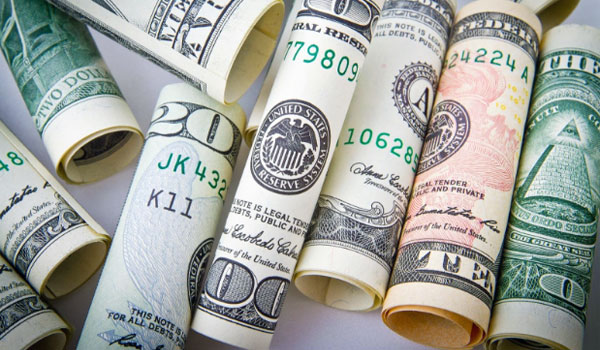How Much Should You Keep In Savings For A Rainy Day?
A shocking 34% of Americans, roughly 66 million, don’t have a single dollar saved up for emergency expenses. And another 35% have less than $1,000 stowed away. That means that nearly 70% of the country would be unable to weather any kind of serious financial storm, major car repair, job loss, eviction, without taking on significant debt.

How much in your savings
That can’t be financially prudent. But how much money should the average person keep in a savings account?
Everyone’s situation is different, and how much you save is largely dictated by your income, your lifestyle, and your goals. But generally speaking, you should aim for an amount that could cover all of your living expenses, rent, bills, and food, for at least three months. If you want to feel extra secure, try for six months. That means, if you pay $1,000 for rent, $400 for food, and $300 for bills each month, you should aim to have $10,200 in your savings account.
That might sound like a lot. But knowing that you’ll be able to make rent, pay your bills, and feed yourself for six months can be very reassuring. It allows you to have some flexibility if you decide to make a career change, or security if you have an unexpected life change or illness. Just knowing that you have that money if you need it can give you confidence to try new things that are in your best interest but might be risky in the short-term. The Millennial bloggers at The Billfold have a colorful term, unprintable here, but well worth investigating, for this kind of saving.
50:30:20 rule
If you’d rather think in terms of monthly percentages than final amounts, you could subscribe to the 50/30/20 rule, which rigidly dictates the percentage of your income spent on different expense categories. Spend 50% of your income on the essentials (think: housing costs, food, utilities, and other bills), 30% on personal expenses (more discretionary items such as your cellphone or cable bills, shopping, and entertainment), and save the last 20%. According to Charles Schwab, tucking 15% to 20% of your income away for retirement before age 30 will likely prevent you from having to save more than 20% later down the line.
The 50/30/20 rule is a great way to start thinking about spending as a process instead of an end-result. When saving money becomes a habit, you can focus less on the total amount in your savings account and think more generally about future plans. Do you want to buy a house someday? A new car? Want to take a vacation? A healthy savings account, and a healthy savings habit, will make it easier to set goals for specific projects and expenditures in the future.



